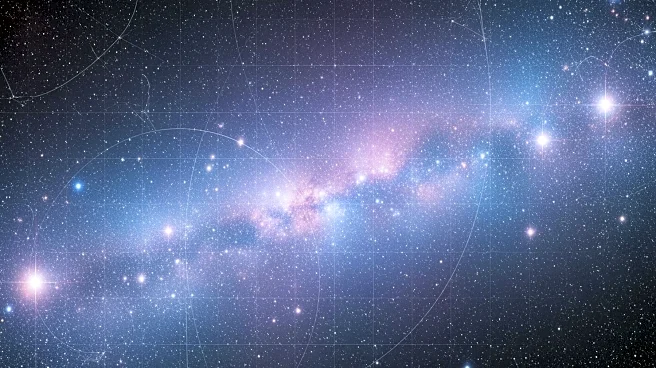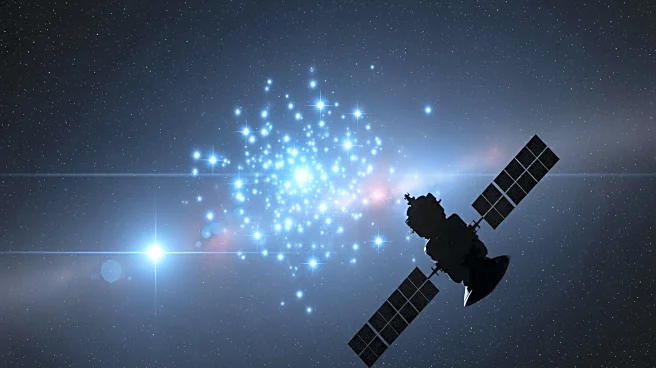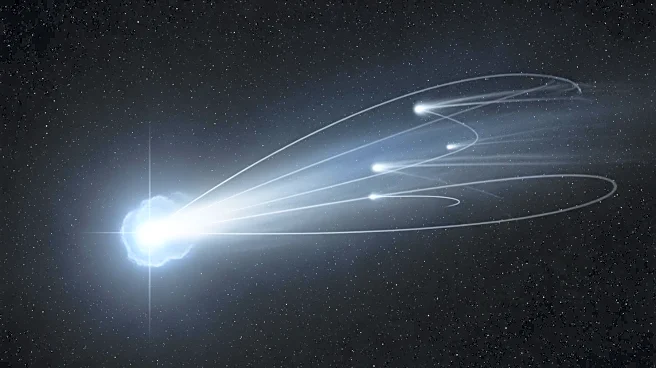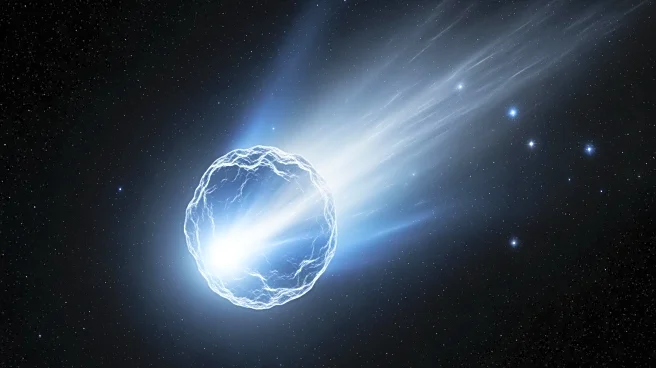What's Happening?
A team led by Keiya Hirashima has developed the most detailed supercomputer simulation of the Milky Way galaxy, mapping 100 billion stars using machine learning and numerical models. This simulation runs
100 times faster than previous models, allowing astronomers to study billions of years of galactic evolution in months rather than decades. The methodology integrates short- and long-time scale events, providing insights into the formation, structure, and chemistry of the galaxy.
Why It's Important?
The ability to simulate the Milky Way with such detail and speed represents a significant advancement in astrophysics. This methodology could transform the study of galactic evolution, offering new perspectives on how galaxies form and develop over time. The integration of AI with high-performance computing marks a shift in tackling complex scientific problems, potentially extending to other fields such as climate modeling and oceanic studies. This approach enhances our understanding of the universe and the processes that shape it.











